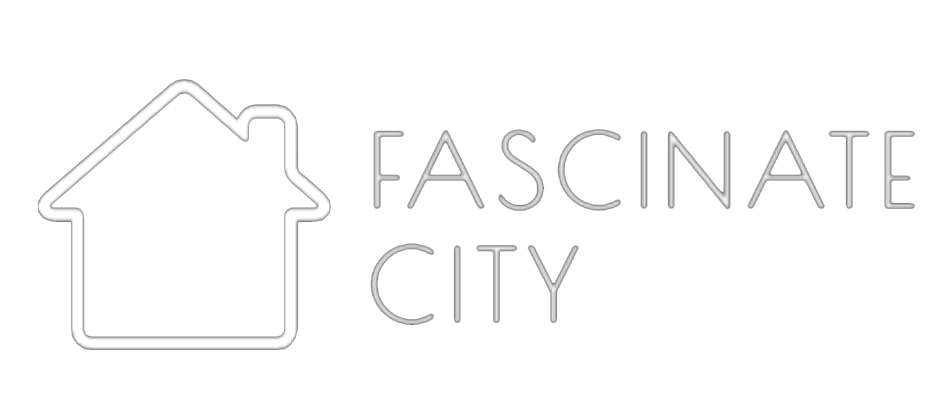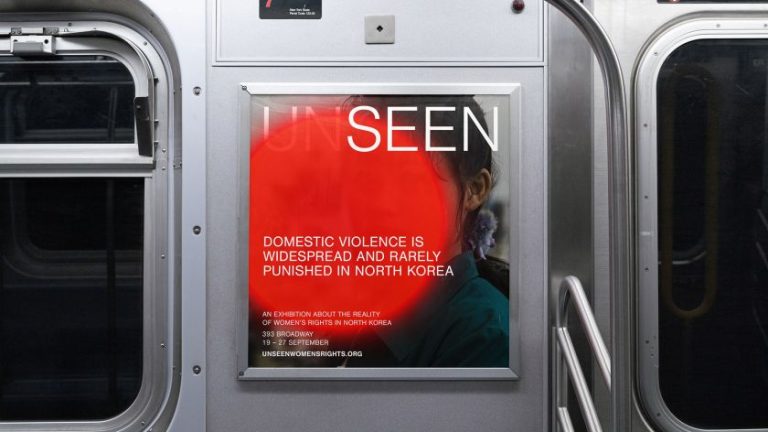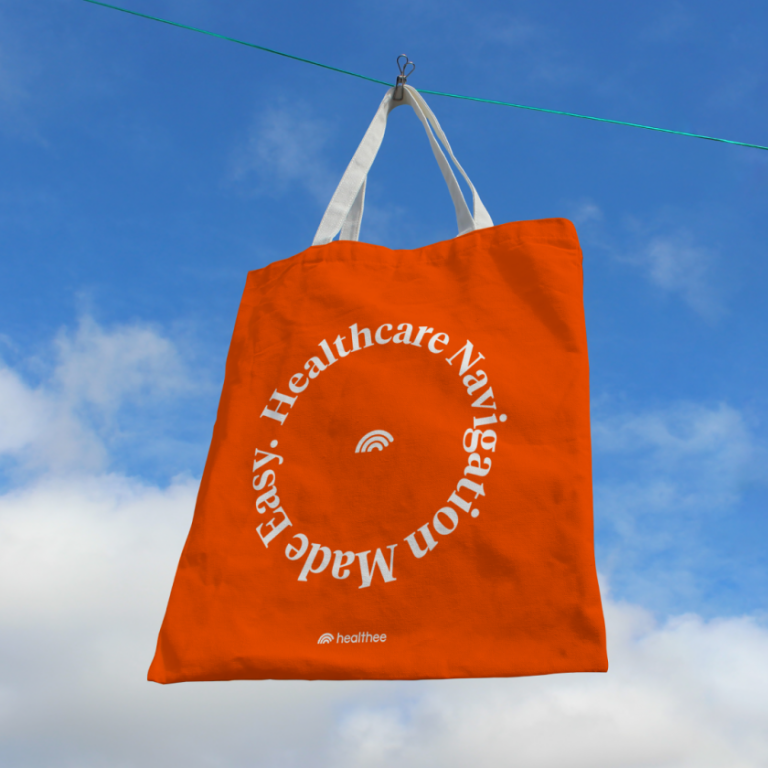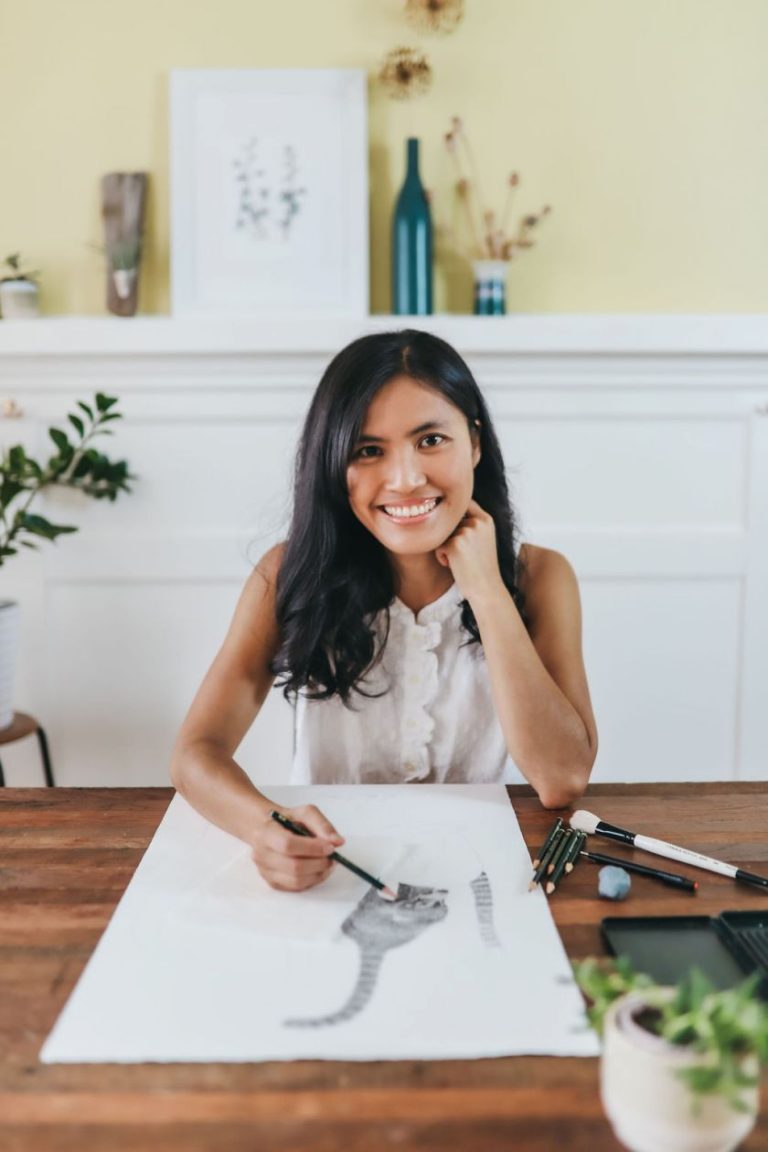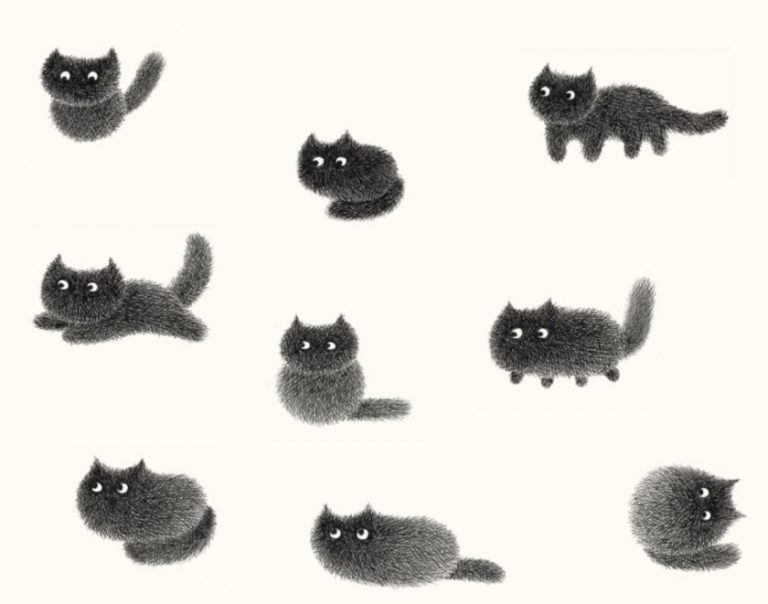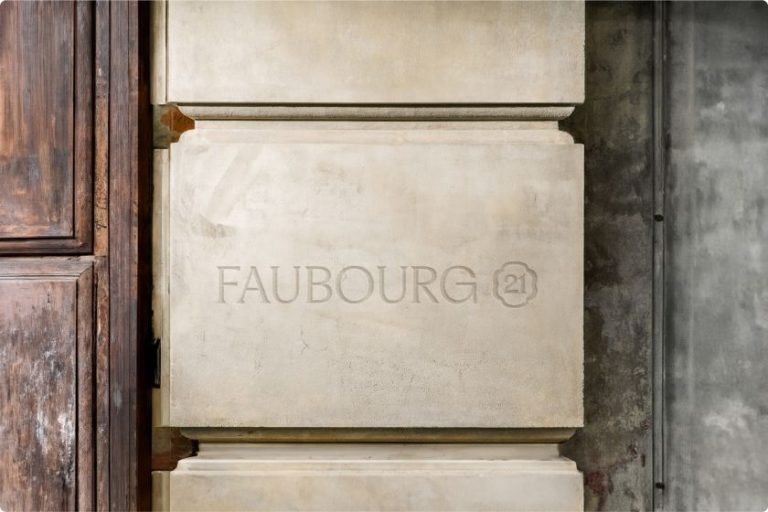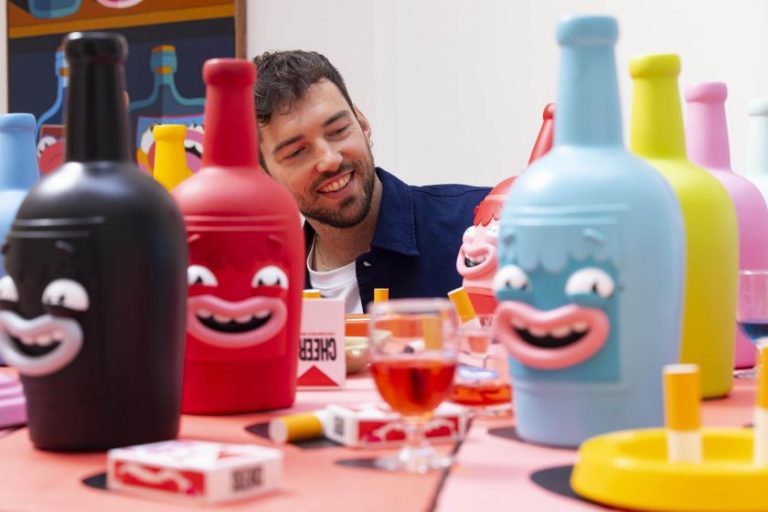Image licensed via Adobe Stock
When you’re young, they say you lack experience. When you’re older, it feels like they’re looking for someone younger. So what’s the reality, and what’s the best way to respond to ageism in your creative career?
Welcome to the fourth in our advice series, Dear Boom. This week, we’re tackling a topic that makes most of us wince: ageism. It’s one of those unspoken pressures that can creep into your career quietly, making you question whether you’re “too old” to start something new or pivot in your creative journey.
One reader writes: “I’ve just turned 40 and I keep asking myself if I’ve missed the boat. I want to retrain in design, but I worry the industry is obsessed with youth. Every job ad I see makes me feel invisible. What if I invest time and money, only to be judged as too old to be taken seriously? Is it naive to start over when the odds feel stacked against me?”
Let’s be honest: these fears are all too real. The creative industries, despite their glamour and innovation, have long been closely associated with youth culture. Social media amplifies this perception, showcasing a constant stream of young talent at every awards ceremony, gallery show or design fair.
But that isn’t the full story. There’s another side to this narrative; one that celebrates experience, perspective, and the confidence that only comes with time.
Starting later doesn’t mean starting behind. In fact, many creatives who retrain or change direction in their 30s, 40s, or even 50s discover that maturity gives them an edge, both in their craft and in navigating the industry.
To help anyone struggling with ageism, we asked a range of creatives on our Instagram
—from illustrators to designers, mentors to agency insiders—how they view age in creative careers. Their advice was practical, nuanced and surprisingly encouraging.
Mindset over age
PR expert Claire Blyth begins by pointing out that attitude often matters more than the number of candles on your birthday cake.
“Come into the industry with energy and great ideas, and you’ll be welcomed with open arms,” she says. “It’s about mindset, not age.” Mentor and consultant Vera-Maria Glahn agrees. “Never underestimate the value of experience from previous roles and life in general that you’ll be bringing to the job,” she advises. “If you’re switched on and love what you do, you’ll find a niche that appreciates you.”
Graphic designer and illustrator Gill McColl offers proof of that: she qualified as a designer later in life, after a career change. “I do worry about getting too old when surrounded by younger designers, but with age comes a huge wealth of knowledge and increased confidence,” she says. “If I’d studied design at 18, I don’t think I’d be half as good as I am now. Take the chance: it was the best decision I ever made.”
Designer Kyle Eertmoed, 44, echoes this advice. Having spent nearly two decades self-employed, he quit a high-paying design director job to return to solo work. “Pursue mastery,” he urges. “You only live once, so be yourself boldly.”
Graphic designer Mahdi Malekan Mehr adds that creativity isn’t bound to youth. “Design comes from the mind,” he says. “Aside from slower or shakier hands, nothing can truly hold us back if we keep learning and stay playful.”
The challenge is real
That’s not to say, of course, that ageism doesn’t exist. Illustrator Neil A Stevens offers a case in point. “My freelance work has fallen off a cliff after 12 very successful years,” he says. “I’m now looking to head back into a design job full time, and even though I have vast experience, a proven track record, a super client list and a strong portfolio, I’m struggling to get a look in as a middle-aged creative. I’d even be happy with a small role, but it’s hard.”
Photographer and designer Steve Mortimer concurs. “Age bias is real,” he says. “It gets harder to be taken seriously the older you get, no matter how much you learn or adapt. Organisations rarely challenge the stereotypes, and I’ve felt that veiled dismissal myself.”
Even when you do land work, illustrator Catie Waterworth points out a common concern. “All the entry-level roles are in-office and low paid, which can be a problem when you’re in your late 30s and above with rent or mortgage, kids, and childcare to pay for and organise around. And the more senior roles require in-house or agency experience, and won’t consider transferable skills or freelance experience.”
Art director Tim Easley adds that the ingrained structure of organisations can have a big influence on who they hire. “The design industry is still very much school > college > uni > junior > midweight > senior, so most people at each stage are around the same age,” he points out. “Biases around youth are common.”
Finding the right environment
At the same time, realism doesn’t mean resignation. After all, many older creatives have had far more encouraging experiences. Take graphic designer Helen Caleb.
“I completed an HND in Graphic Design in July this year as a 50-year-old mature student,” she recalls. “A few folk from a design agency came in to look at our portfolios. I asked them about ageism and expressed my concern that I might find it difficult to secure a job. They told me that enthusiasm and love for design are more important to them than age, and as long as you come across as enthusiastic at an interview, age doesn’t matter. I’m going to start applying for jobs soon, so we’ll see if this is true. Fingers crossed!”
Illustrator Inma Hortas stresses the importance of thinking positively. “There are many healthy places that reward skill, no matter what,” she says. “So seek out ‘your’ people and call out toxic environments, especially those that abuse workers or underpay.”
Resilience is key
Ultimately, then, resilience is key. Retraining in mid- or late career isn’t always smooth, but your passion and maturity can outweigh the industry’s obsession with youth. As Steve says, “You’ll need a clear sense of what you bring that others can’t, and it will be a fight at times. But it isn’t impossible.”
Ageism definitely exists, but it isn’t insurmountable. Passion, resilience, and a commitment to continuous learning can often outweigh the limitations of entrenched stereotypes.
Ultimately, your career isn’t defined by when you start; it’s shaped by the originality, skill, and enthusiasm you bring in the “here and now”. Whether you’re 25 or 50, creativity doesn’t expire. And sometimes, age is not the barrier; doubt is.
So find your people. Stay bold. And remember that starting later can often give you the clarity, experience, and confidence you need to excel. Because the industry may favour youth, but the most memorable work always favours talent.
